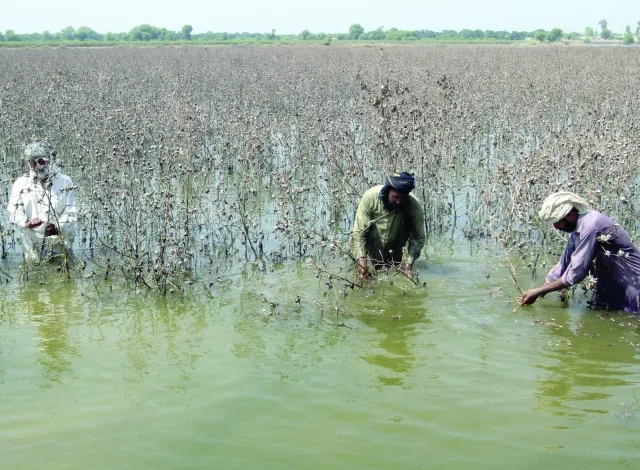Punjab has a flood package worth Rs 500 billion.

According to sources, the Punjab government, led by the PML-N, has planned a relief package worth Rs500 billion for flood victims. The initiative is to make up for losses and offer financial support to millions of people who were impacted by the recent floods and storms along the banks of three rivers.
The assistance card issued by the Punjabi government will be used to make payments. Families with fully ruined homes would get Rs 1 million, while those with partially damaged homes will get Rs 500,000.
Sources claim that the floods damaged 309,684 mud homes and 63,200 brick homes. The loss of cattle, including cows and buffaloes, will also be compensated for.
A payment of Rs 20,000 per acre would be made to farmers whose crops were lost. Roads, bridges, and other infrastructure rehabilitation are also included in the program.
For the first time in decades, massive floods have ravaged industrial hubs and the rural heartland, costing billions of dollars in damage and putting a pressure on exports, food supply, and a shaky economic recovery.
After stabilizing the economy with a $7 billion International Monetary Fund bailout, the administration projected 4.2% growth in 2026, citing a recovery in industry and agricultural.
Instead, vast areas of Punjab have been swamped by record monsoon rains since late June, which have been exacerbated by dam releases from India.
Officials and economists fear that, because of multiple shocks to manufacturing and agriculture, the impact could be more severe than in 2022, when a third of the nation was under water, even if waters have not yet subsided in many regions.
The provincial disaster management office reports that 1.8 million acres of agriculture have been submerged in Punjab, Pakistan’s rice, cotton, and maize engine. The chairman of the Pakistan Farmers Association, Khalid Bath, stated that “roughly 50% of rice and 60% of cotton and maize crops have been damaged.”
According to him, losses could total up to Rs1 trillion ($3.53 billion), or more than 2.5 million acres. Former University of Agriculture Faisalabad vice chancellor Iqrar Ahmad Khan stated, “This is unlike anything we have seen in recent decades.”
According to him, at least 10% of the nation’s crops are lost, with certain districts experiencing vegetable losses of up to 90%.
Pakistan is about to plant wheat, the grain that supplies over half of the nation’s calories, so the timing is dangerous.
Crop Monitor reports that despite a robust 2024 harvest, national reserves are still comfortable, but areas still slippery with silt and mud pose a threat to the sowing window. “Food insecurity is coming, not just higher prices,” Khan stated.